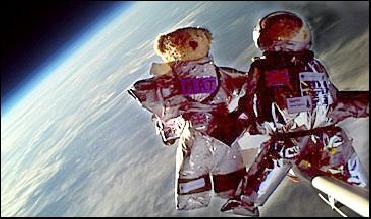
Teddies in space. Photo credit: University of Cambridge
LONDON (BNS): After the recent science class on butterflies aboard space shuttle Endeavour, sending four Teddy-nauts into near space by school students has become another milestone.
The project, initiated by the University of Cambridge, was to engage schoolchildren in space, science and engineering. For that, cuddly Teddy-nauts dressed in special space-suits, designed and made by 11 and 12-year-old children from Parkside and Coleridge Community Colleges, were launched from the launch site at Churchill College, Cambridge last week. The Teddy-nauts were launched on a foam padded box containing instrumentation and cameras attached to a helium balloon.
Going into near space or the edge of space, the Teddy-nauts spent two hours and nine minutes in flight from the launch site, reaching a height of more than 30,000 metres. "In spite of enduring temperatures of between minus 40 degrees and minus 53 degrees, depending on the effectiveness of their spacesuits, all four landed safely just north of Ipswich to be retrieved by the team of student scientists who'd travelled from Cambridge by car, following the Teddy-nauts' progress via an onboard GPS system," a University of Cambridge (CU) release said.
Speaking about the project, CU Spaceflight team member Ed Moore said space was inspiring, and getting there brings together science, engineering, imagination, and lots of fun.
"As a team, we all have stories of the spark that lit the fire and motivated us to choose science and aim for Cambridge. There can be few more worthwhile things for us to do than to try and provide that spark for the current generation of school kids. We had a fantastic time working with the kids and their teacher, Dr Hinshelwood, and as a team we're delighted that there could, with luck, be some hugely talented people joining CU Spaceflight in a few years time," Moore said.
Steve Hinshelwood, the teacher in charge of the Science clubs at Parkside and Coleridge, termed it as a super activity for the students. "They had great fun problem solving as they tried to turn their original space suit designs into something that they could actually build. Suddenly scientific ideas such as insulation, convection, conduction and radiation became important. Thinking about weight made ideas of buoyancy, pressure and the composition of the atmosphere relevant. The need to get the teddies back gave the students a chance to think about computer control and radio communications. I don't think that the students realised how much science they were learning - they were just having fun," he said.
Twelve-year-old Aiyana Stead said the project was really fun. "The best bit was when we set the balloon off with the bears. The CU Spaceflight team made us really involved and we helped assemble all the equipment," Stead said.
"It was really fun when the balloon was blowing up. We had to hold it in the freezing winds. It felt like we were being smothered by a giant dumpling," Megan Makinson said.
Speaking proudly about the project, Kane Robbins said he really enjoyed launching the teddy-bear into space. He said even designing the teddy-bear suit was fun. "The balloon was enormous compared to the normal balloons, and it was really hard to keep hold of, but it was great fun letting go of it."
The Cambridge University Spaceflight team hopes soon to put a rocket in space, launching it from a balloon that has already climbed high into the sky. The students group believes the rocket can reach an altitude of 150km, as quoted by the UK-based broadcasting corporation BBC.
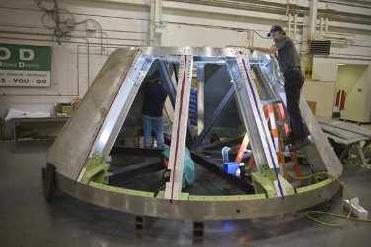 Next Article
Next Article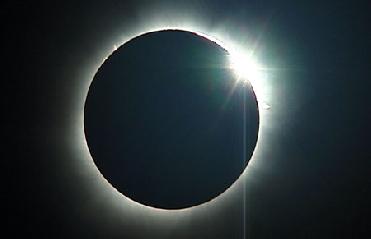
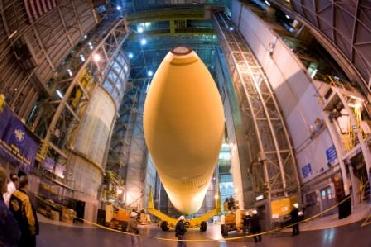
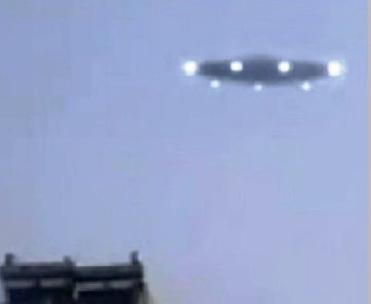











The Indian Air Force, in its flight trials evaluation report submitted before the Defence Ministry l..
view articleAn insight into the Medium Multi-Role Combat Aircraft competition...
view articleSky enthusiasts can now spot the International Space Station (ISS) commanded by Indian-American astr..
view article